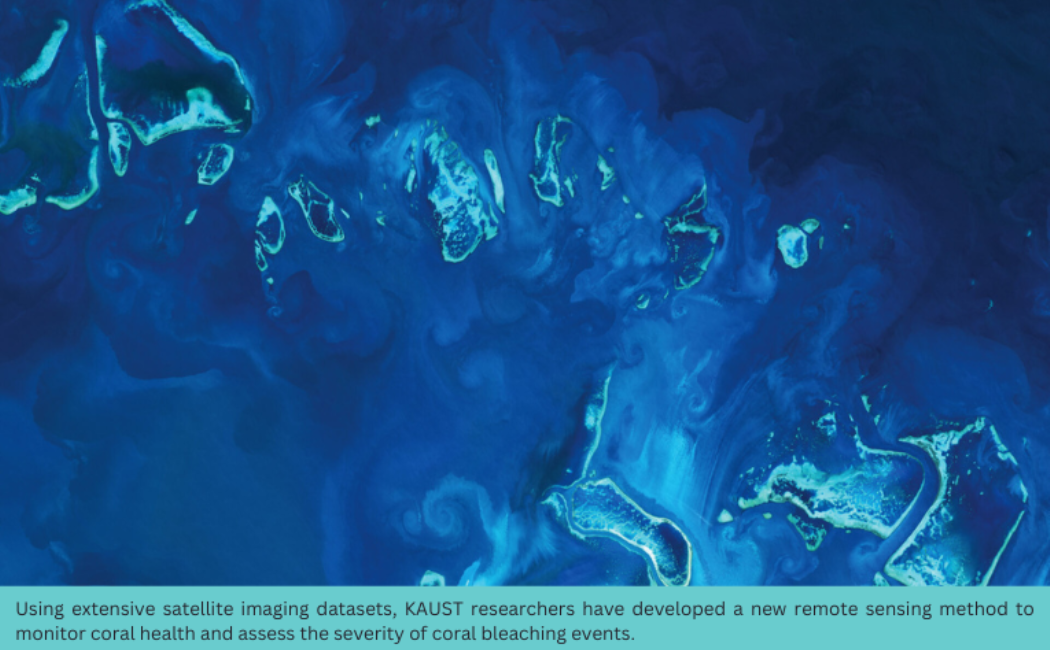Coral reefs form a vital part of the marine ecosystem, playing host to diverse species and supporting multiple industries, including fisheries, tourism, and recreation. However, these fragile ecosystems are under increasing threat from climate change, with warming oceans increasing stress on the coral animals and their symbiotic algal partners.
A new remote sensing tool developed by KAUST researchers has created an effective and efficient method of monitoring and predicting both the scope and severity of coral bleaching in the Red Sea. The tool – developed by KAUST in partnership with SHAMS, General Organization for the Conservation of Coral Reefs and Turtles in the Red Sea – could aid conservation management and policymaking by enabling targeted, integrated management strategies to prioritize specific areas for intervention. It is applicable in the Red Sea as well as across the world.
The algae living within corals share nutrients and resources, giving corals their distinctive color. When corals are under stress and competing for limited resources, they ‘kick out’ their algal partners that help with nutrition. This results in bleaching, where corals lose their pigmentation and gradually turn white. This process weakens the coral animal and leaves it more vulnerable: prolonged bleaching events can kill corals and decimate reefs.
“Monitoring the health of coral reefs amid climate change is crucial, and satellite remote sensing provides a cost-effective strategy that is more efficient than traditional field sampling, which can be time-consuming and resource-intensive,” says Elamurugu Rajadurai Pandian at KAUST, who worked on the project during his Ph.D., under the supervision of KAUST’s, Ibrahim Hoteit.

